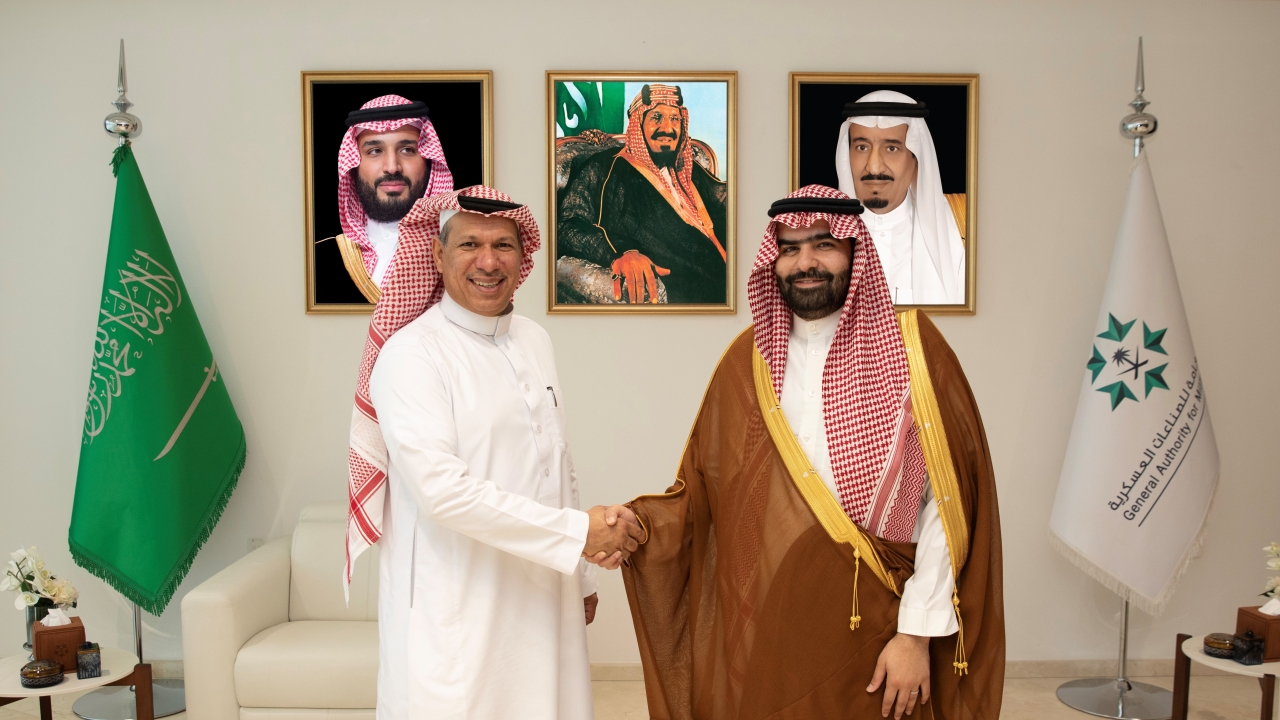A game of high spy - with Project Dolphin
The UAE has been quietly overhauling and improving its intelligence, surveillance, and reconnaissance (ISR) capabilities for some years. Jon Lake looks at the latest situation.

Further details have emerged about the two highly modified Bombardier Global 6000 signals intelligence (SIGINT) and ISR aircraft being delivered to the UAE Air Force and Air Defence under the €629 million ($701m) Project Dolphin.
These are quite separate from the three Saab GlobalEye airborne early warning and control (AEW&C) aircraft – also converted Global 6000 aircraft – due to be delivered to the UAE imminently.
The acquisition of these aircraft will provide a further boost to the UAE’s autonomous capabilities, freeing it from a reliance on the SIGINT ‘take’ provided by its allies, including the US and Saudi Arabia.
When the UAE decided to procure a dedicated SIGINT aircraft, the Global 6000 was an obvious platform choice. The Global Express family forms the basis of a number of military special mission variants, including the Saab GlobalEye, the UK RAF’s Raytheon Sentinel R1 radar surveillance aircraft, and the US Air Force’s Northrop Grumman E-11A battlefield airborne communications node, (BACN).
Commonality with the GlobalEye will be particularly useful for the UAE.
The UAE Armed Forces army signed a contract for two new SIGINT/ISR aircraft with the Abu Dhabi-based Advanced Integrated Systems (AIS) in 2010. AIS, in turn, sub-contracted the project to Swiss-based AGT International, which was previously responsible for the UAE’s Falcon Eye surveillance system and for the Abu Dhabi safe city project.
AGT, which is owned by Israeli entrepreneur Matanya ‘Mati’ Kochavi, subsequently revealed that it had received payments totalling about 3 billion shekels ($846 million), and that it purchased two ‘green’ Global 6000 aircraft from Bombardier at a reported cost of €43.25 million each ($48.24m), as well as many of the mission systems installed in the aircraft.
The aircraft were delivered to AGT in the UK at Cambridge’s Teversham Airport in late 2012, and were subsequently registered to Advanced Integrated Systems (IoM) Ltd in 2015.
There were reports that Fokker Aviation Services was initially involved in the planned conversion, together with Spec Ops Technology – a US, Netherlands and UAE-based company that specialises in airborne ISR platforms. But, in 2013, the Teversham-based Marshall Aerospace and Defence Group (formerly Marshall of Cambridge) received a $100 million contract from AGT, and conversion work began on the aircraft.
Marshall has never commented on the programme, so the exact nature of the company’s involvement remains unknown.
The first aircraft was seen emerging from Marshall Aerospace’s hangars on April 27 2017 and made its maiden flight on June 21 that year.
The second aircraft appeared for the first time on May 18 2018. It made its first flight on August 8 that year, painted in full UAE Air Force markings, then flew to Robin Hood Airport (the former RAF Finningley) on August 30 before departing for the UAE the following day.
A breakdown of the costs of the programme was leaked from the Appleby law firm as part of the so-called Paradise Papers – the name given to a special investigation by the Guardian newspaper and its media partners into a leak of millions of files from two offshore service providers and the company registries of 19 tax havens.
This revealed that the two communications intelligence (COMINT) systems had cost €40 million ($44.61m) each, while the electronic intelligence (ELINT) systems were €32.5 million ($36.25m) each, self-protection systems €21 million ($23.42m) each, and that the long-range oblique photography (LOROP) cameras were €20.75 million ($23.14m) each.
Aircraft installation, integration and testing added €144 million ($160.60m), and certification another €19.5 million ($21.75m), while the programme also included €92.3 million ($102.94m) of logistics and engineering support, and the provision of ground-based tracking and reception stations.
The LOROP sensor is understood to be a Collins Aerospace DB-110 electro-optical camera, as used in podded form by the Panavia Tornado, Lockheed Martin F-16 and Boeing F-15S/SA.
It has been reported that the COMINT system was supplied by QinetiQ, and may be based on the UK company’s AS-5 COMINT/direction-finding system.
Stay up to date
Subscribe to the free Times Aerospace newsletter and receive the latest content every week. We'll never share your email address.

